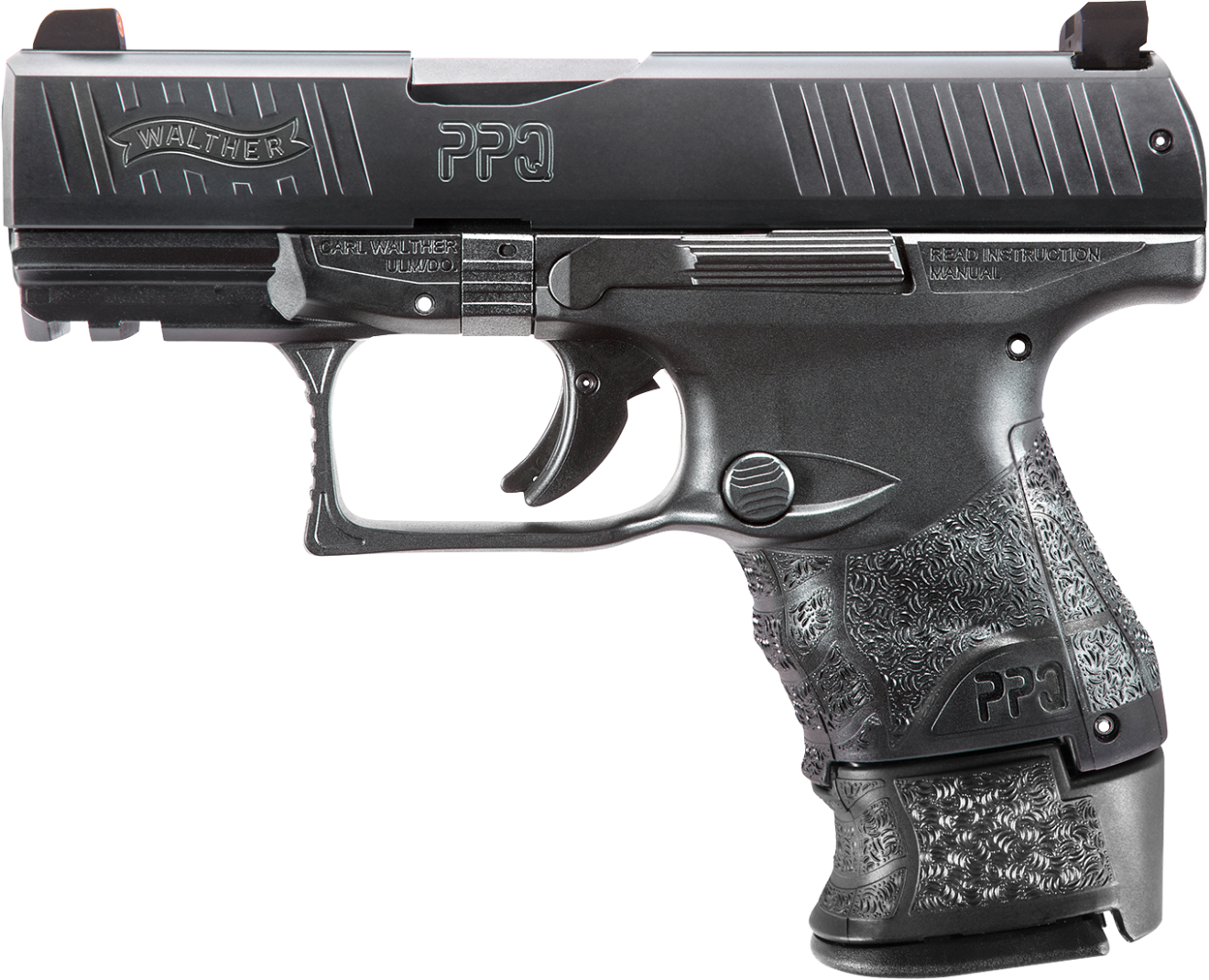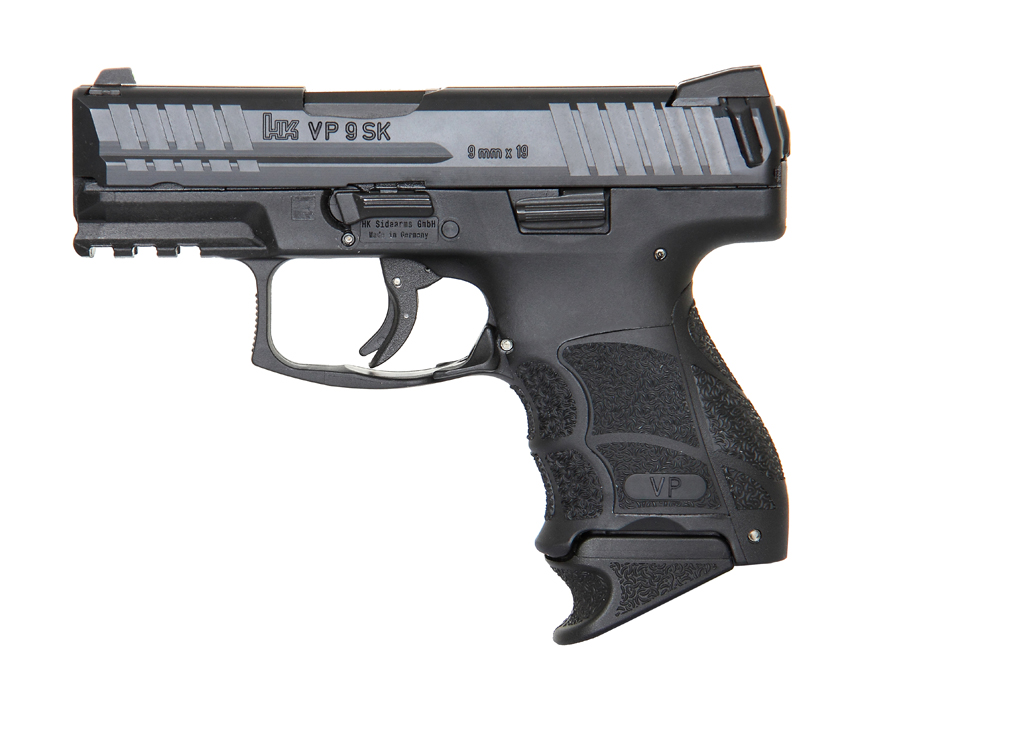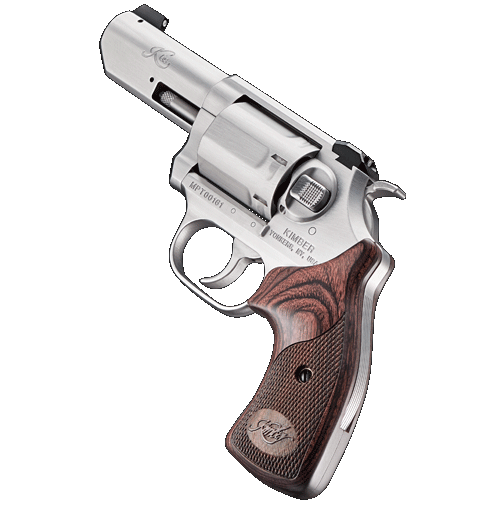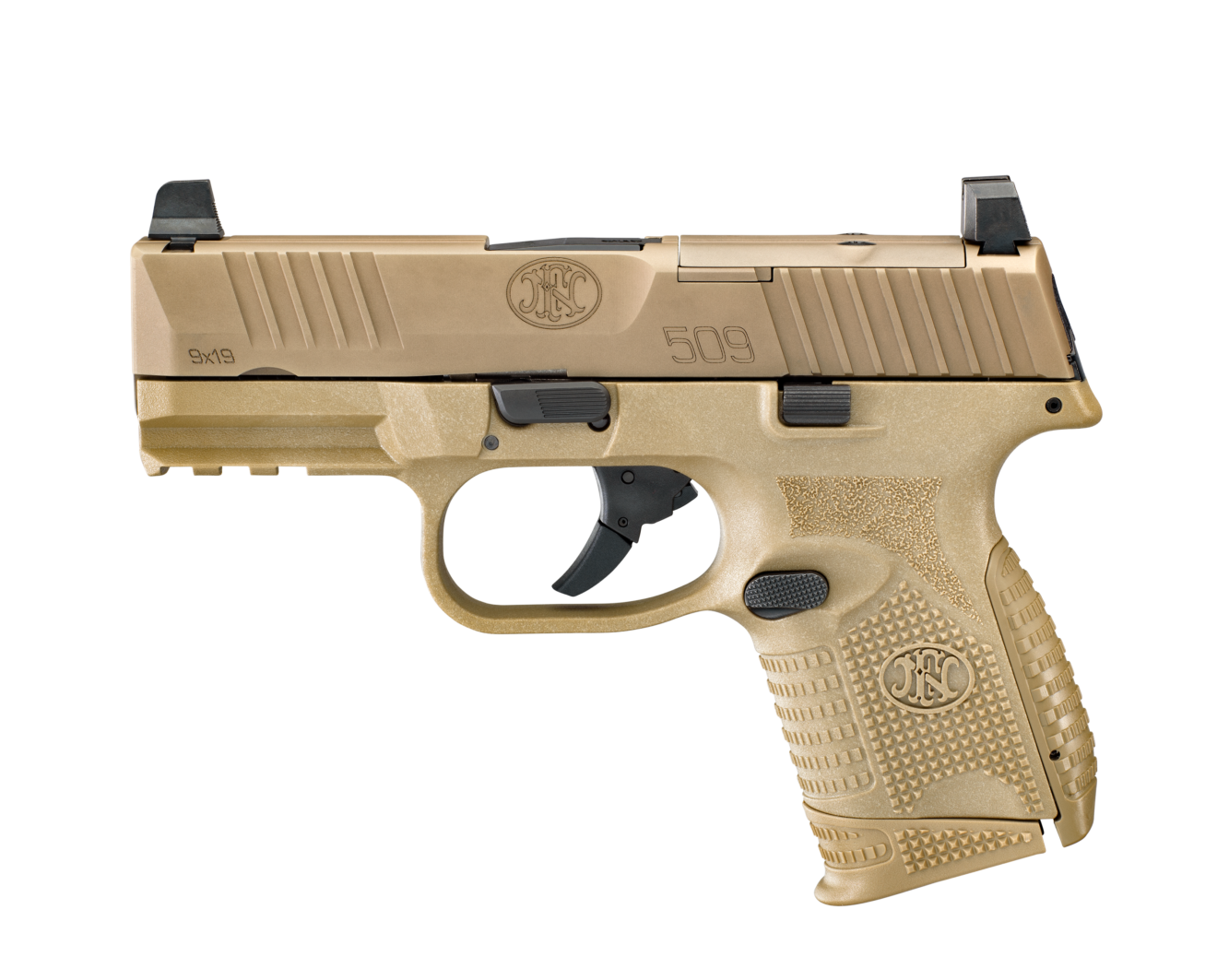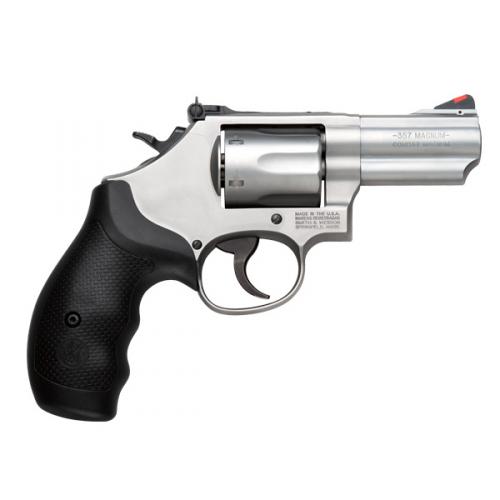First Timers: Choose A Handgun For Concealed Carry
If you’re new to the world of firearms, how do you choose a handgun for concealed carry? First, know that you’re not alone. According to the National Shooting Sports Foundation (NSSF), during the first seven months of 2020, about five million people purchased firearms for the first time.
Overall, the FBI’s National Instant Background Check System (NICS) handled a record 12.1 million background checks during those seven months. People wanting a means to protect themselves in these uncertain times is driving this surge in gun sales. Riots in cities across the country, moves to defund police agencies and threats by Democrats to confiscate and ban guns all are play parts in this trend.
Do Some Research To Choose A Handgun
Regardless of your reasons, if you’re a newcomer to the gun market, you’re going to have questions. Don’t be afraid to ask them. The trouble is, when do you know you’re getting of good, reliable advice?
You don’t want to choose a handgun based solely on any of the following: Lots of cops carry Glocks. The military carries SIG Sauers.
My brother-in-law has a Smith & Wesson. Once I shot a Ruger. I read a thread in an online firearms forum that FN handguns are good. The guy at my local gun shop said anything other than a 1911 .45 is junk.
Incidentally, guns from Glock, SIG, S&W, Ruger, FN and the 1911’s from many companies are pretty good. So are those from H&K, Springfield Armory, Walther, Beretta and many other companies large and small. So, limited information really doesn’t help you to narrow your choices. You need to do more research.
Requirements For A Concealed Carry Handgun
Any handgun you select for concealed carry needs to meet certain basic requirements. It should be well made and completely reliable with defensive ammo. You should be able to handle all of its controls easily without reaching awkwardly and you should be able to shoot it with a good degree of accuracy.
What is accurate? Well, first there’s the intrinsic accuracy of the gun. Take away is human factor and that’s what you get. Most good quality handguns today have more than enough accuracy for defensive purposes at defensive ranges.
Then there is the practical accuracy: how the gun actually shoots when there’s a person firing it. That can depend on if the trigger and sights are good.
How a gun fits your hand and, of course, your shooting fundamentals – trigger control, sight picture, grip, and stance – will determine how well you are able to take advantage of a gun’s accuracy. And when firing more than one shot, how much the gun recoils and your ability to handle that recoil are factors too.
If you can keep most of your shots in a group about the size of a grapefruit at 10 to 15 yards, you’re doing fine. The majority of gunfights are closer than that.
Choose A Handgun: Trying It On For Size
The size of a handgun is a consideration not only for how easy you can conceal it. The gun should fit well in the web of your hand. If the grip is too large, you’ll have to alter the way you hold the gun to properly reach the trigger and possibly other controls, such as the magazine release. If the gun is too small, you might have the tendency to use too much of your trigger finger to fire the gun, which can affect how well you shoot. With a small gun, you might not be to reach the controls naturally either. Worse, you might hit them inadvertently when firing. That could mean locking your slide back or dropping your magazine at the worst time.
A Word Or Two About The Sights
You don’t want to fish around for your sights when you bring your handgun to eye level. And your primary vision should be on your front sight. A narrow front sight is usually more precise at greater distances. A big fat front sight that that leaves little light on either side of the rear sight notch when you acquire your sight picture is good for fast shooting up close. But it’s usually not as precise beyond typical defensive distances. You decide.
For a gun used exclusively for defense, I favor a more prominent front sight. For my all-purpose guns – ones I might carry concealed or carry as a woods gun or when hunting – I prefer sights that allow me to get good hits at longer distances.
Night sights with glowing tritium vials are helpful and worthwhile, but aren’t mandatory. Fiber optic sights are highly visible in daylight. They’re especially helpful as your eyes get older. But they are more fragile. Some sights are available now with both tritium and fiber optics. More and more pistols are available with a cut in the top of the slide for mounting a micro red dot sight. These provide the best sighting option of them all, day or night. I would suggest learning to use iron sights first before transitioning to an optical sight.
Why Hasn’t He Mentioned The Cartridges?
Hey, I’m getting to that. But consider that if a gun isn’t well-made and reliable, it might not work when you need it. If it doesn’t fit your hand, have a good trigger and good sights, it doesn’t matter what bullet it fires. You won’t be hitting your intended target very often. And being able to place your shots where they need to go is the most important factor in stopping a threat.
There are lots of good handgun cartridges for defensive purposes. For semi-auto pistols, I favor the 9mm, 10mm and .45 ACP. If you choose the .40 S&W or the .357 SIG, you’re doing well too. For revolvers, .327 Federal, .38 Special (especially the more potent +P loads), .357 Magnum, .44 Special and .45 Colt are all pretty good with the defensive ammo.
And yes, I’ve gone bigger and smaller when choosing handgun cartridges, but usually it’s been when I have a special purpose in mind. For instance, I often carry a .44 Magnum in the woods during hunting season. If I have decide to go into town, instead of switching handguns, I merely load the same gun with milder .44 Special loads. Yes, the gun will chamber and fire both, just as a .357 will also fire .38 Special ammo.
I’ve gone smaller too. When I’m traveling extremely light – on a fitness bike ride, for instance – I might carry a small .380 pocket pistol or a .22 Magnum mini revolver. I’ve carried small cartridge handguns as backups too. If you’re recoil shy or can’t handle larger cartridges due to injury or infirmity, use what you can shoot comfortably enough to train with regularly. Who cares what anybody else thinks?
Keep both sides of the penetration issue in mind. It’s been popular the last few years to be concerned about bullets that over-penetrate. You don’t want your bullets going through a wall into the next apartment.
Under-penetration can be an even bigger problem. Your little .380 cartridge might not penetrate deep enough to reach the vitals of your attacker.
Ballistic gel tests aside, your bullet might have to pass through several layers of clothing, flesh, muscle and bone to reach a destination where it can be effective. That’s if it doesn’t have to pass through glass or a car door or your living room sofa first.
Consider The Handgun’s Recoil
You’ll only learn to handle handgun recoil through shooting. That’s tough for a newcomer looking to choose a first handgun without being able to fire several types of guns. You might think the mild .380 is easy to handle. But put it in a tiny, super-light handgun and you’re not going to want to shoot it often enough to get really good with it.
I like the versatility of the .357 Magnum cartridge. I had no trouble with it in my first handgun: a large N-frame S&W with six-inch barrel. I had no trouble with it either in the four-inch L-frame S&W that I first carried as a police officer. But put it in a super-light five-shot snubbie? No thanks. I load one of those with .38’s.
Choose A Handgun: Revolver or Semi-Auto?
That question has been debated for ages. Both have their advantages. Revolvers still have an edge in reliability because they don’t require recoil to operate the action. It’s easy to tell by looking at one from the side whether it’s loaded or unloaded. A revolver isn’t choosey about bullet types and you can mix and match as needed.
If a cartridge doesn’t fire, you can simply pull the trigger again to try another cartridge. There’s no separate magazine to misplace. Fired double-action, the revolver has a long, relatively heavy trigger pull. You can master it, but it takes practice. Some favor the long pull because the gun is less likely to go off if something gets caught in the trigger guard (such as clothing when reholstering).
Some say that if you don’t have the strength to pull back the slide on a semi-auto, you might be better off with a revolver. But if you don’t have the strength to work the slide, will you have enough strength to pull the heavy revolver trigger? Better find out before you choose your handgun.
Semi-autos have a flatter profile, often have greater ammo capacity and are quicker to reload. Big pluses. The trigger can be squishy (striker-fired pistol), light (single-action pistol), revolver-like (double-action-only) or both light and then heavy (traditional DA/SA with double-action first shot and single-action follow-up shots.)
You must test a pistol with the ammo you intend to carry, because a semi-auto can be finicky with some ammo.
Drop or step on a magazine and if the feed lips get bent, it might not work properly. You remove the magazine and the gun’s unloaded, right? Nope. Don’t forget about the one in the chamber.
If you live in one of the oppressed states with restricted rights as I do, magazine capacity isn’t a big plus for the semi-auto.
There won’t be a big difference in how many bullets your magazine can legally contain compared to the cylinder of a revolver.
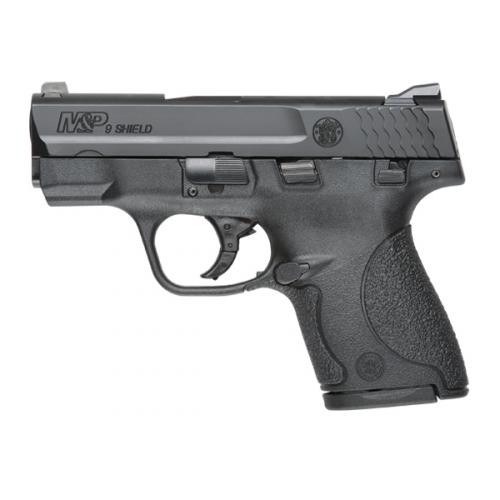
Whittle Down Your Choices
Okay, let’s start narrowing down the list of possible candidates. Remember, this will be your first pistol and maybe your only one for a while. First, choose a name brand. Why? First, most of the major companies are turning out excellent products these days. A quality handgun can be passed down to your grandkids. It’s hard to go wrong.
Second, replacement parts (springs and such), aftermarket sights and grips will be easier to find. And you’ll usually have a greater choice in available holsters. Third, as you become more experienced, you’re preferences might change. A handgun from a name brand will be easy to sell or trade and you’ll get a better price for it. Name brand: check.
Choose between a revolver or a semi-auto. I love both, so I can’t help you there. Just make sure it fits your hand well and you can operate it without adjusting your grip. Does it have good sights and a good trigger? A good fit with the right features: put a check there too.
Now choose the size of the gun. A small gun isn’t the best choice if you can’t shoot it well. A large gun firing the same cartridge will usually be easier to shoot well and have less recoil. But remember, you’ll have to lug that thing around. Again, it’s a personal choice, but because I’m writing this, I’m going to suggest you choose a compact down to a sub-compact semi-auto pistol or a medium-frame revolver.
Not too big, not too small for you, Goldilocks. Leave the pocket pistols and full-size guns for when you’re choosing your second and third handguns. Compact to sub-compact: check.
Now pick the cartridge. I’m going to make this easy for you. For your first handgun, you don’t want a recoiling monster. You want it to feed ammo that’s readily available and reasonable in cost. For your first handgun, choose a semi-auto in 9mm or a revolver in .357 Magnum. That .357 you’ll load with milder .38 Special ammo for the first year at least.
We’ve Made Some Progress
So, do I have any “for instances?” Well, for a 9mm pistol, for instance, think Glock 19 or 26; HK VP9SK; FN 509 Midsize or Compact; Walther PPQ; S&W Shield; Ruger Security-9 and American compacts. There are many others, but we don’t have all day. For a revolver, think S&W K-frames such as the Model 66 Combat Magnum; Ruger GP100; Colt King Cobra; Kimber K6s. Three-inch barrels are nice for a concealed carry revolver.
Now What?
Maybe the gun you’ll actually choose isn’t mentioned here. That’s fine with me. I’m making suggestions not issuing commandments engraved in stone. Don’t listen to anyone who says only one type or brand of gun is right for you. Many of us settled on our primary carry guns after many years of trial and error to find what works best for us.
Next, choose a couple of holsters for your first carry gun and get used to carrying it. Train as often as you can. Okay, let’s start thinking about your second handgun. And your third and your fourth. Now the fun begins.
Steven Paul Barlow is a retired sergeant/station commander and former firearms instructor with the New York State Police. He is an avid hunter, fisherman, and enthusiast with all things related to firearms, knives, and survival. He has been writing on outdoor topics for more than 35 years. His collections of outdoor humor stories are available at BriarHill Books.

